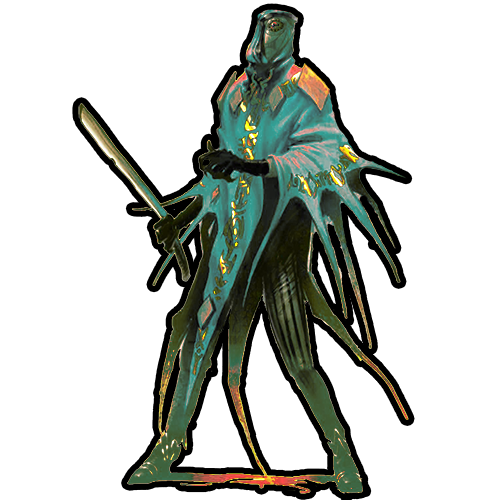

You only need a couple of these lines drawn with the Freehand Tool to notably impact the ray-tracing performance of Dynamic Lighting. A basic line drawn with the Freehand Tool can be comprised of dozens to hundreds of individual segments. This tool is disabled via the Dynamic Lighting toolbox menu, but you can still copy and paste any linework, including ones done with the Freehand Tool, from one of the other Tabletop layers to the Dynamic Lighting layer. If you need a circular shape for your Dynamic Lighting, we recommend drawing it out as a rounded polygon instead. Since there aren't any true segments used for a circle shape, there is nothing there for the Dynamic Lighting system to reliably ray-trace as you would expect regular linework on the Dynamic Lighting layer should.

#Dynamic light roll20 series
Attempting to perfectly trace the contours of the natural rock face wall would require many segments, so we recommend outlining only the most basic direction of the cavern wall.Ī circle drawn on the Tabletop isn't represented by a series of segments, instead, it is a vector calculation that draws a spline between four vertices. If your dynamic lighting is performing sluggishly, your outline complexity should be the first thing to review.Īn example where efficient outlining should be used is when drawing in the walls for organic-shaped areas such as cavern passages. You can keep a page running smoother if you focus on efficient contouring while drawing your Dynamic Lighting outline and avoid tracing over previously drawn lines. Complex outlining drawn on the dynamic lighting layer, can cause the Dynamic Lighting feature to become very resource intensive and potentially cause lag during gameplay for you or your players. If you have "Update on Drop" enabled, the ray-tracing is performed only after you pick up a token and place it elsewhere on the page. This happens every screen refresh as you move tokens projecting light/sight around the Tabletop. The Fewer Lines, the Better the PerformanceĮvery single segment drawn on the Dynamic Lighting layer is taken in account each time Roll20 updates the ray-tracing process that determines what is revealed and what isn't. Some of these tips are also workarounds to known issues with the feature currently.
#Dynamic light roll20 how to
The following is a guide on how to keep your Dynamic Lighting lean on processing bloat and running efficiently. Its effectiveness and how smoothly it runs depends significantly on how the GM goes about setting up their Dynamic Lighting linework and its light sources. While this guide was written for Legacy DL, some tips here might still be helpful for improving UDL performance.ĭynamic Lighting is one of the more complicated elements featured on the Roll20 Tabletop. These examples assume that you are using the default measurements of 5 Feet for each 1 unit but can be converted to any measurement.

Whatever the Scale unit measurement is set to (feet, squares, inches, kilometers) is what the units of light range will be calculated in. The measurements for light distance and vision are calculated using the Page Settings for each individual scene. If the Enforce Line of Sight option is selected in the Page Settings the user will only be able to see light sources that their token is able to see.

You can activate this setting from the Advanced tab in the Edit Token pane while in the GM view. Remember that a user will only see light sources if they have control over a token that Has Sight enabled. To turn (Legacy) Dynamic Lighting on you must enable it from the Page Settings for each scene you wish to include lighting elements.


 0 kommentar(er)
0 kommentar(er)
